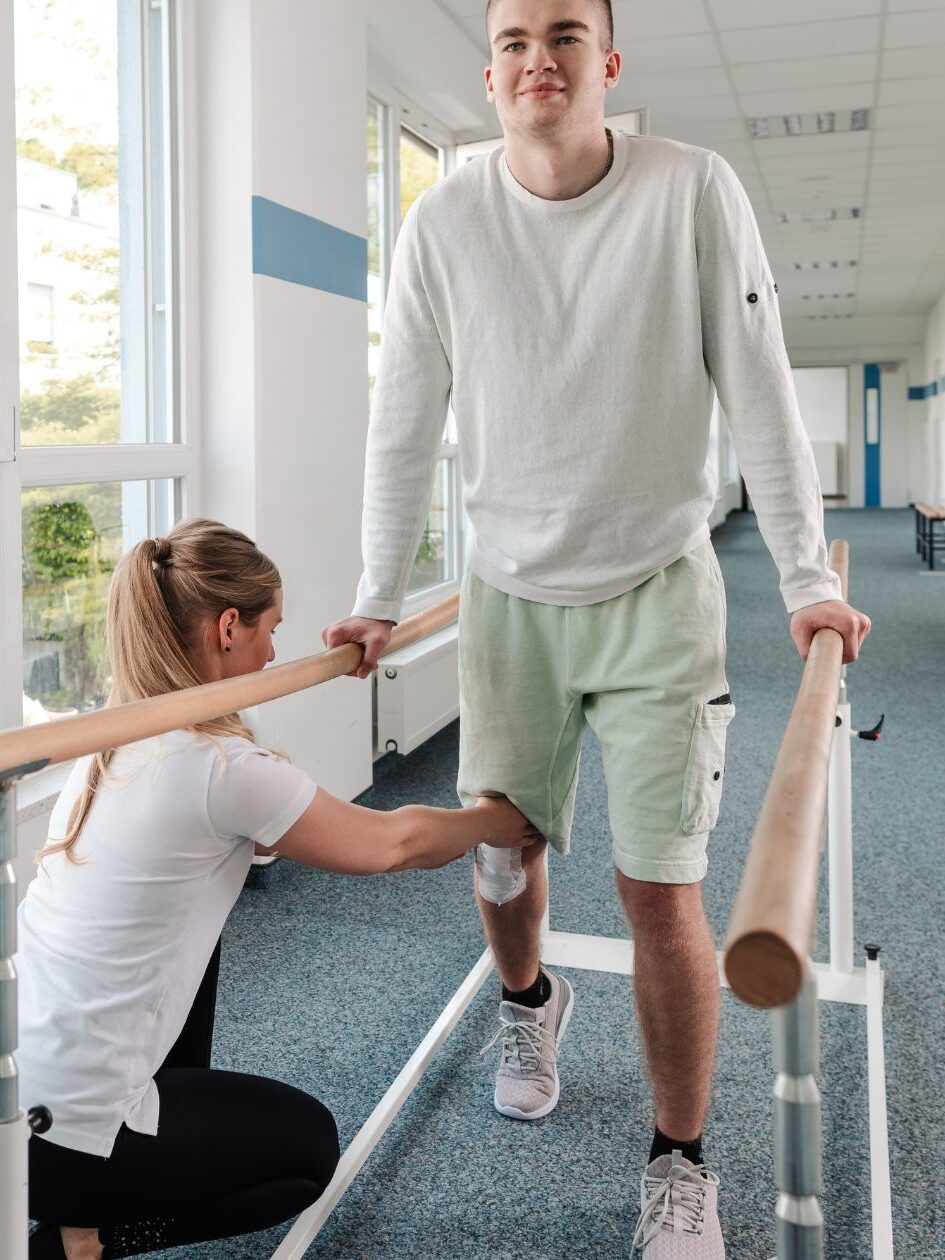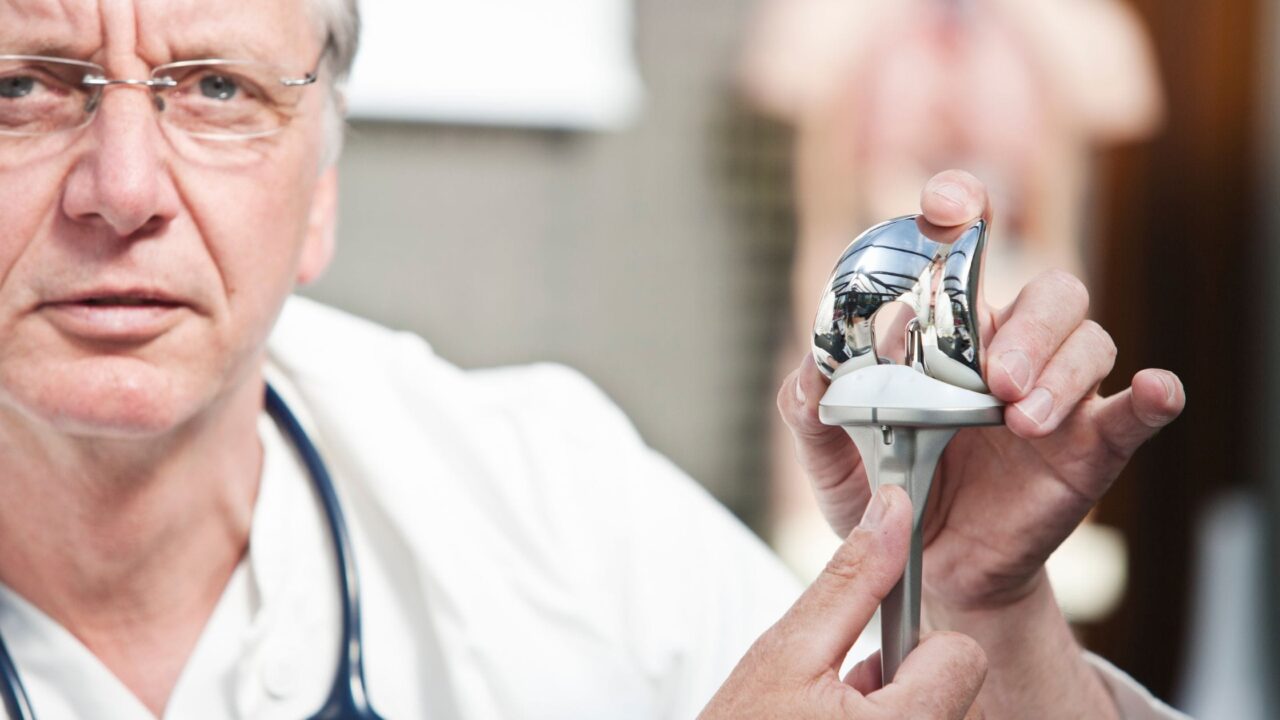Knee osteoarthritis (OA) is the most common orthopedic condition affecting individuals worldwide, especially those over 50. Non-surgical treatments for knee OA typically include pain-relieving medications, physiotherapy, and “cartilage-building” therapies such as hyaluronic acid injections or autologous conditioned plasma (ACP) injections. However, for severe, end-stage knee OA, knee replacement surgery is often the only effective and evidence-backed option to restore function, relieve pain, and enhance the quality of life.
While the average age for knee replacement surgery in recent years has been around 70, younger individuals increasingly consider it due to sports, work-related injuries, or lifestyle-induced joint wear. Surgery becomes necessary when symptoms like nighttime pain, pain at rest, limited mobility, and interference with daily activities become severe. If other treatments fail, knee replacement surgery provides a proven solution to these issues.
Types of Knee Replacement Implants

- Total Knee Replacement (TKR)
This is the most common knee replacement procedure in the UK, replacing damaged surfaces of the femur, tibia, and patella with a prosthesis. Studies show TKR has a high success rate, with 90-95% of patients experiencing substantial pain relief and functional improvement within 10 years post-surgery.
- Partial Knee Replacement (PKR)
PKR is suitable when joint damage is confined to one area of the knee. It is less invasive than TKR, allowing faster recovery, but it is only recommended for patients with localized damage, making it a less common option.
- Patellofemoral Replacement
This procedure replaces only the joint surface beneath the kneecap, an approach that is especially beneficial for individuals with isolated patellofemoral arthritis. This targeted solution can avoid a full knee replacement in specific cases.
Surgery and Postoperative Care
Knee replacement surgery can involve the use of either quick-bonding bone cement or a cementless prosthesis, depending on surgeon expertise and patient needs. Cementless implants are designed to encourage natural bone growth, creating a more secure and durable bond that may reduce the need for future surgeries. Anesthesia may be either general or spinal, based on individual patient requirements.
Following knee replacement surgery, patients typically stay in the hospital for about 5-7 days. Physiotherapy and occupational therapy begin on the first day post-surgery to support recovery and mobility. After hospital discharge, a 3-4 week rehabilitation program, either as an outpatient or in a specialized center, is recommended for optimal recovery.
Follow-up care after surgery includes regular X-ray checks to monitor the prosthesis and identify any signs of infection or complications promptly. If the surgery is free from complications, knee prostheses are expected to last 15-20 years.

Potential Complications After Knee Surgery
Although knee replacement surgery is generally safe and effective, certain complications can occur. Common risks include:
- Blood Clots (Deep Vein Thrombosis – DVT): This is a concern following surgery, as reduced movement can lead to clot formation in the legs, but there are preventative measures that include anticoagulants and compression stockings.
- Infection: While most infections are superficial and treatable with antibiotics, deeper infections around the implant may require additional surgery.
- Implant Issues: Over time, some patients may experience persistent pain, stiffness, or instability, particularly if the implant fails to integrate or loosens.
- Tissue and Nerve Damage: Surgical trauma can occasionally injure nearby tissues or nerves, although this is rare.
- Allergic Reactions: Some individuals may react to the materials used in the prosthesis, requiring revision surgery in severe cases.
Only up to 1 in 20 patients may experience significant complications, although most are manageable and rare when proper care is provided.
Austria as a Medical Tourism Destination for Knee Surgery
Recent advancements in surgical techniques and prosthetic materials have made knee replacement surgery more efficient and effective. Innovations such as robotic-assisted surgery, 3D-printed custom implants, and cementless prosthesis allow for better alignment, stability, and personalized solutions that cater to unique patient needs, enhancing the overall outcome and recovery.
Austria has become a notable destination for medical tourism, especially for knee replacement surgery. Austrian clinics are known for their expertise in minimally invasive approaches and advanced orthopedic technologies, making them an attractive option for individuals seeking high-quality care with shorter waiting times. Austrian orthopedic specialists are renowned for their precision and patient-centered approaches, contributing to the country’s growing reputation in medical tourism.

